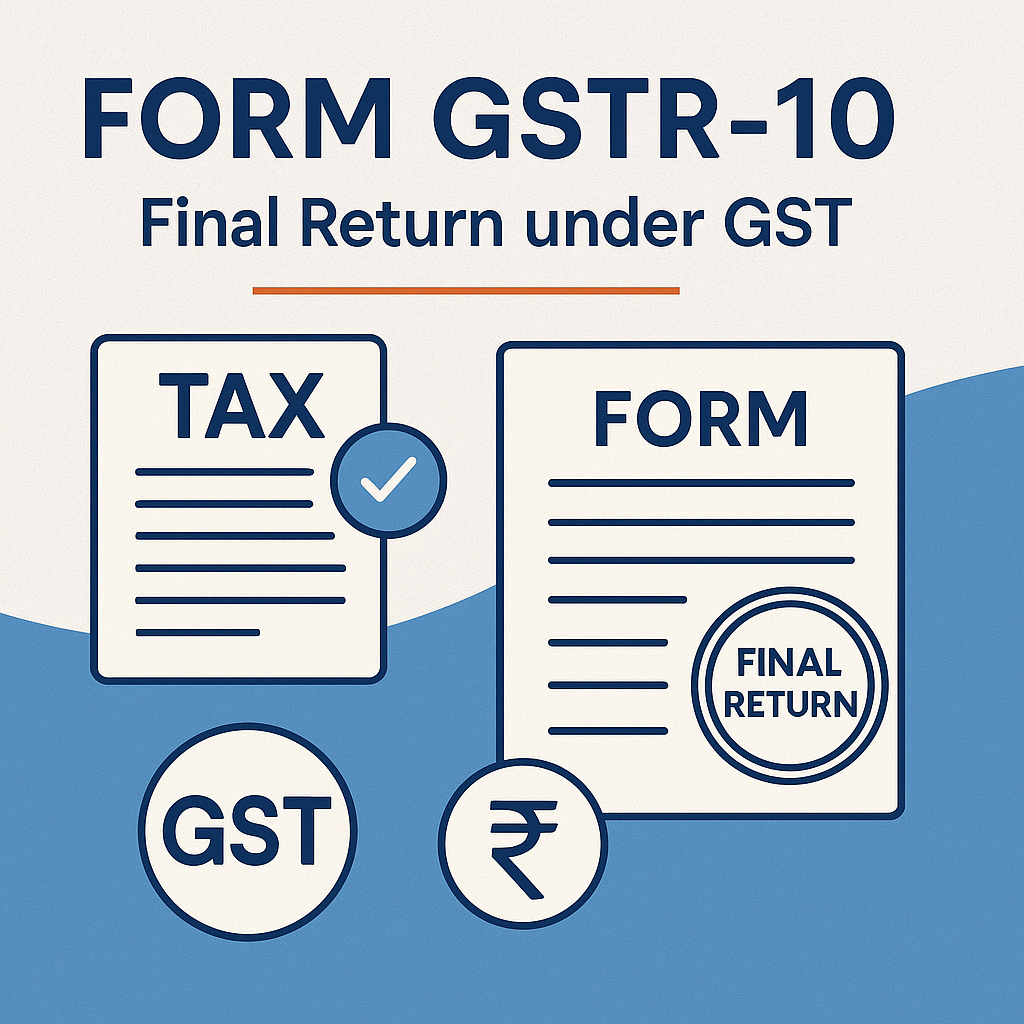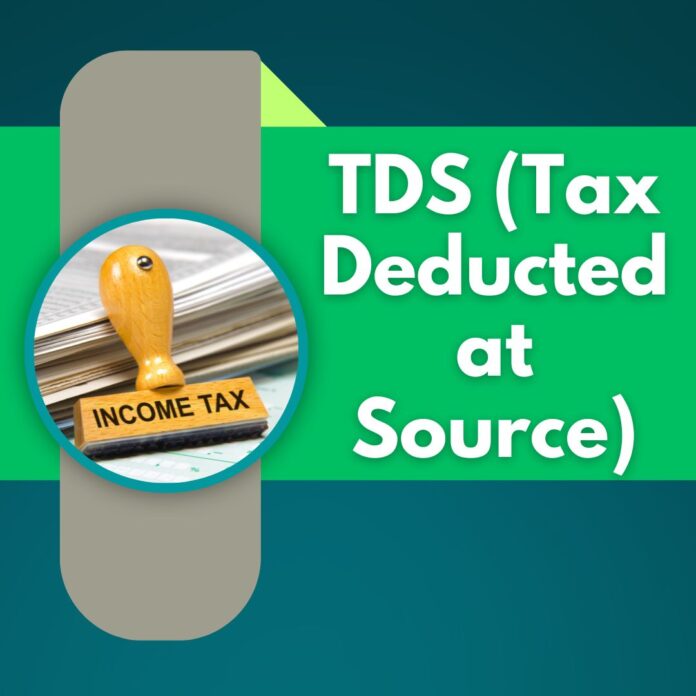Introduction
If you are a GST-registered taxpayer whose registration has been cancelled or surrendered, you are legally required to file Form GSTR-10, also known as the Final Return.
This article covers everything you need to know about GSTR-10—from due dates and filing conditions to penalties and FAQs—so you can avoid late fees and compliance issues.
What is GSTR-10?
Form GSTR-10 is a Final Return that must be filed by taxpayers whose GST registration is cancelled or surrendered.
The return includes:
- Details of closing stock (inputs and capital goods)
- Input Tax Credit (ITC) reversal/payment
Purpose:
To ensure that any ITC related to stock held before cancellation is reversed/paid back to the government.
Who Needs to File GSTR-10?
✅ Applicable to:
- All taxpayers whose GST registration has been cancelled (voluntarily or by the tax department)
❌ Not Applicable to:
- Input Service Distributors (ISD)
- Non-resident taxable persons
- Persons deducting TDS under Section 51
- Composition taxpayers under Section 10
- Persons collecting TCS under Section 52
Difference Between GSTR-10 and GSTR-9
| Feature | GSTR-10 | GSTR-9 |
| Purpose | Final return after cancellation | Annual return for active taxpayers |
| Frequency | One-time (upon cancellation) | Annually |
| Applicability | Cancelled GST registrations | All active GST registrations |
Due Date for Filing GSTR-10
You must file GSTR-10 within:
- 3 months from the effective date of cancellation, or
- 3 months from the date of cancellation order
Whichever is later.
Example:
If your registration is cancelled effective 15 June 2025, and the order is issued on 20 June 2025, your GSTR-10 is due by 20 September 2025.
Pre-Conditions for Filing GSTR-10
Before filing, you must:
- Have a valid GST Portal login (User ID & Password)
- Ensure a cancellation order has been issued (via REG-16 or by the tax officer)
- File all pending GSTR-1 and GSTR-3B returns
Can You File a Nil GSTR-10?
✅ Yes, if you have:
- No closing stock
- No liabilities
Important Rules for Filing
- Partial payment is NOT allowed — you must discharge full liability before filing.
- Once filed, GSTR-10 cannot be revised.
- Late fees apply if filed after the due date.
- Payments made during REG-16 (cancellation application) will be auto-adjusted in GSTR-10.
Modes of Filing
You can file GSTR-10:
- Online via GST portal
- Offline using the GSTR-10 Offline Utility
Authentication Modes:
- DSC (Digital Signature Certificate) – Class II/III PAN-based DSC
- EVC (Electronic Verification Code) – OTP sent to registered mobile/email
Step-by-Step Filing Process
- Login to GST Portal
- Go to: Services > Returns > Final Return
- Fill details of closing stock and ITC to be reversed
- Discharge tax liability (cash/credit ledger)
- Preview your return before submission
- File using DSC or EVC
- ARN (Acknowledgement Reference Number) is generated
What Happens After Filing GSTR-10?
- ARN generated instantly
- SMS & Email sent to registered contact details
- Ledgers updated (Cash, Credit, and Liability Register)
- Return saved under Record Search
- Tax officers can view your filed return
Late Fee & Penalties
If you delay filing:
- Late fee is applicable under GST law
- The fee continues to accumulate until the return is filed
Quick Summary Table
| Particulars | Details |
| Form Name | GSTR-10 |
| Purpose | Final return after GST cancellation |
| Due Date | Within 3 months of cancellation/order |
| Revision Allowed? | ❌ No |
| Nil Return Possible? | ✅ Yes |
| Late Fee | ✅ Charged |
| Mode | Online / Offline |
| Authentication | DSC / EVC |
Common FAQs on GSTR-10
1. Is it mandatory to file GSTR-10?
Yes, if your GST registration is cancelled or surrendered.
2. Can I file GSTR-10 without filing GSTR-1 & GSTR-3B?
No, all pending returns must be filed first.
3. Can GSTR-10 be revised after filing?
No, revisions are not allowed.
4. Can registration be restored after GSTR-10 is filed?
Yes, if ordered by appellate/higher authority.
Conclusion
GSTR-10 is an important compliance requirement for taxpayers exiting the GST system. Filing it on time avoids late fees, legal issues, and ensures smooth closure of your GST registration.
If you’re unsure how to proceed, consult a GST practitioner to avoid mistakes.




